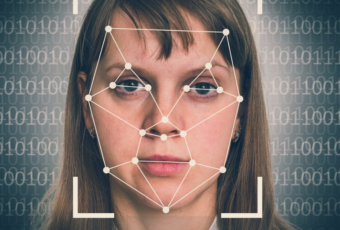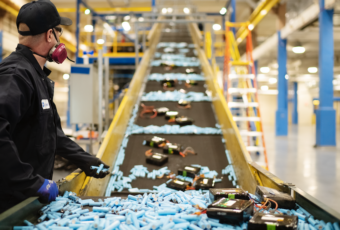Now, the software is taking the next step and setting foot in the AI arena. With its newest update (to version 22.0), there is a list of AI-powered features including AI edge selection, a sky replacement tool, and image editing tools called “neural filters.”
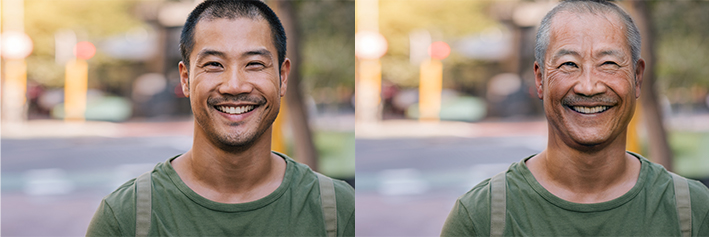
Easily Adjust Age & Facial Expressions
These new filters are truly impressive, as not only do they have overlays and effects available, there are also tools that will allow you to edit portraits in a whole new way. Using these tools will allow users to change the picture’s subject’s age and facial expression with basic sliders. You’ll be able to reduce or amplify facial expressions of “joy,” “surprise,” or “anger.”
Of course, there are many features that have been doable before, such as removing a person’s glasses and blemishes, but these are improved as well. One filter will allow you to transfer makeup from one person to another. Best of all? This will all be possible with a few simple clicks. Of course, if you regret any changes, simply click a few times to tweak or reverse all of the changes completely.
Maria Yap, Adobe’s vice president of digital imaging told The Verge: “This is where I feel we can now say that Photoshop is the world’s most advanced AI application. We’re creating things in images that weren’t there before.”
To accomplish these features, Adobe has incorporated GANs, or generative adversarial networks — a machine learning technique that has proven to be quite effective with generation of visual imagery.
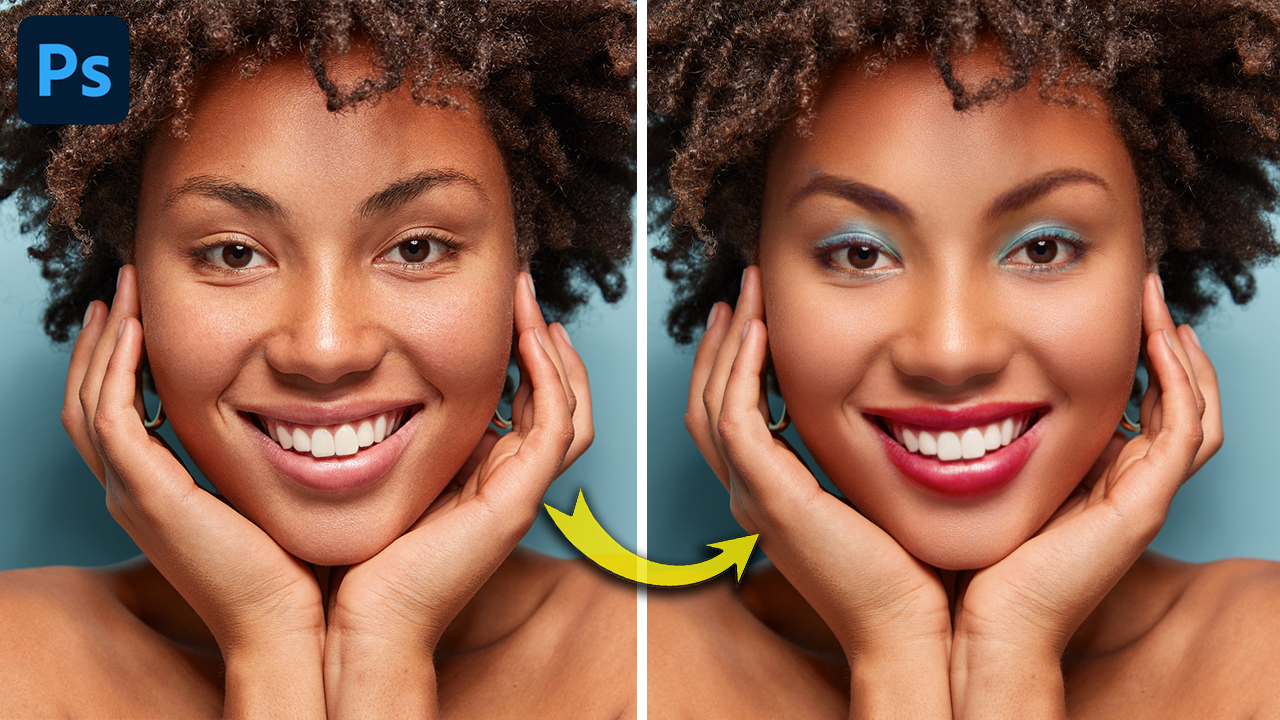
Transfer Makeup From One Person To Another
Of course, we have yet to see how creative photo editors will get with the technology, but there seem to be an endless array of possibilities available. These updates deliver quality and fast changes, but of course they are not flawless. They still will not completely replace professional retouchers just yet, but they will absolutely help with some mundane editing tasks.
The way AI programs operate is by learning from many examples. In order to create the neural networks, Adobe fed data consisting of thousands of before and after shots provided by professional photographers.
The GANs will then operate like a student and teacher duo, with one copying the the examples and the other one keeping track of the changes between output data and training data. Alexandru Costin, Adobe’s vice president of engineering for Creative Cloud explains: “Basically, we’re training the GAN to make the same corrections a professional retoucher would do.”
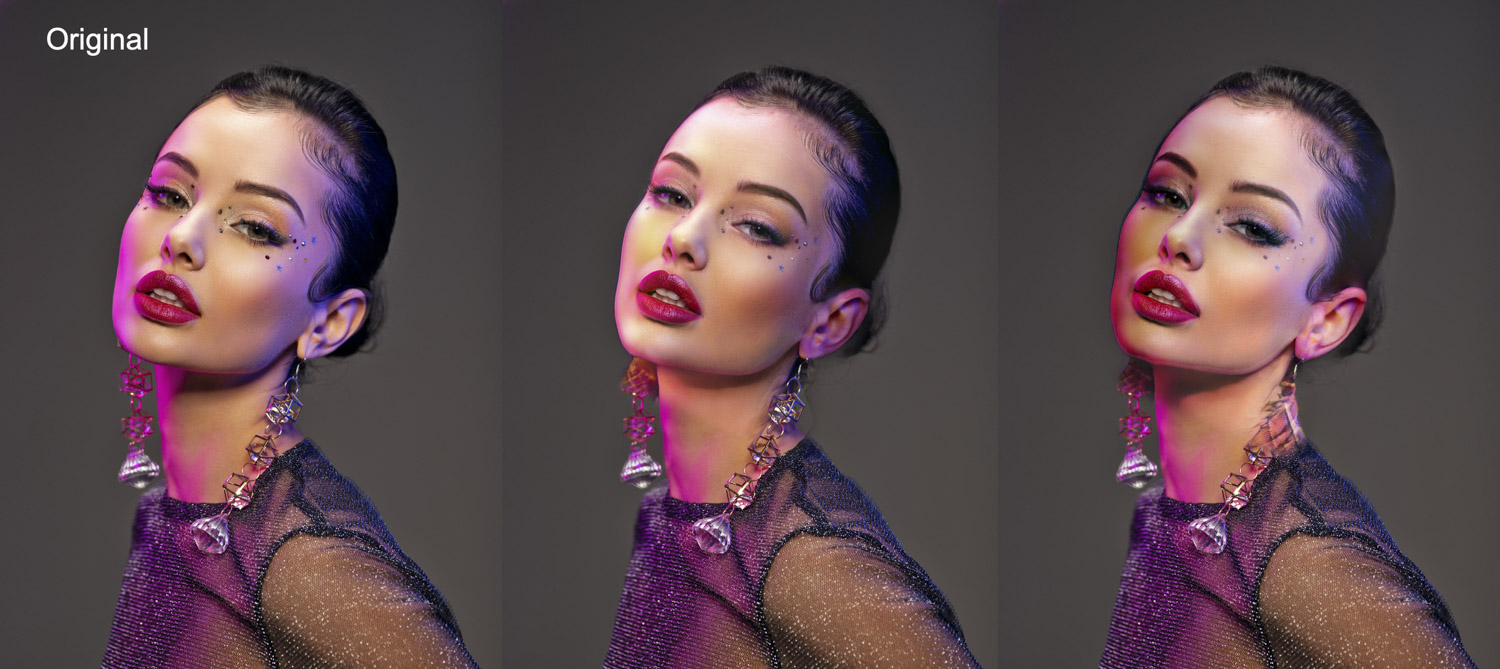
Change Light Source With Neural Filters
He continued: “One of the biggest challenges we have is preserving the skin tone. This is a very sensitive area.” In order to combat any AI bias, Adobe has hired review teams and an AI ethics committee in order to human-test against these biases each time the algorithm is updated. Costin added: “We do a very thorough review of every ML [machine learning] feature, to look at this criteria and try and raise the bar.”




